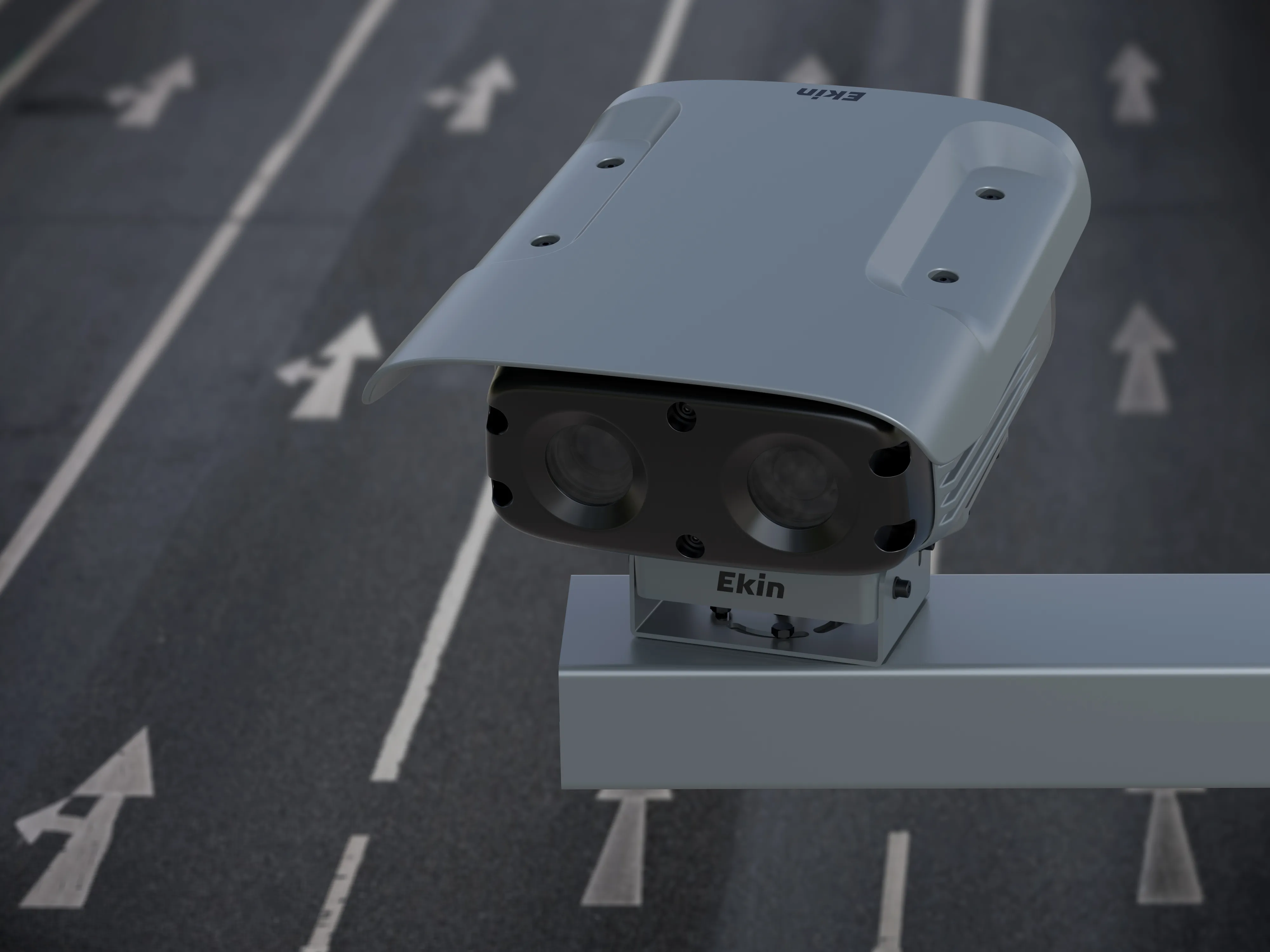
Ekin has launched a mobile and portable smart traffic enforcement system in the US which it says offers data collection capabilities to improve traffic and parking management.
“The Ekin X Spotter is designed to ensure continuous traffic management and enhanced safety for drivers, passengers and pedestrians while public safety officers are on the move," explains founder Akif Ekin.
"The flexible design helps agencies streamline data collection and when used as part of Ekin’s flexible smart city solutions, makes it easier for officials to understand their cities and create impactful policies that promote safety and wellbeing for all residents.”
The product uses artificial intelligence (AI) and high-resolution video sensors to turn cities into smart cities, with the analysis of traffic patterns and behaviours, vehicle classification and peak traffic hours, the firm says.
The tool identifies congestion points and problem spots to help cities improve traffic flow and prevent accidents.
The Ekin X Spotter provides automatic number plate recognition (ANPR) and vehicle speed and violation detection capabilities to officers using a 4K motor-zoom image sensor and video-based recognition technology.
According to Ekin, the system performs ANPR on up to three lanes of traffic, powered by the company's AI engineering tool software.
The product’s traffic analysis features include speed, red light violation, tailgating, stopped vehicle and pedestrian detection on roads and highways.
Ekin insists city officials can customise the device to collect and analyse the data needed to make informed policy changes, while municipalities can use its Red Eagle software solution to manage the data collected by its products citywide.










